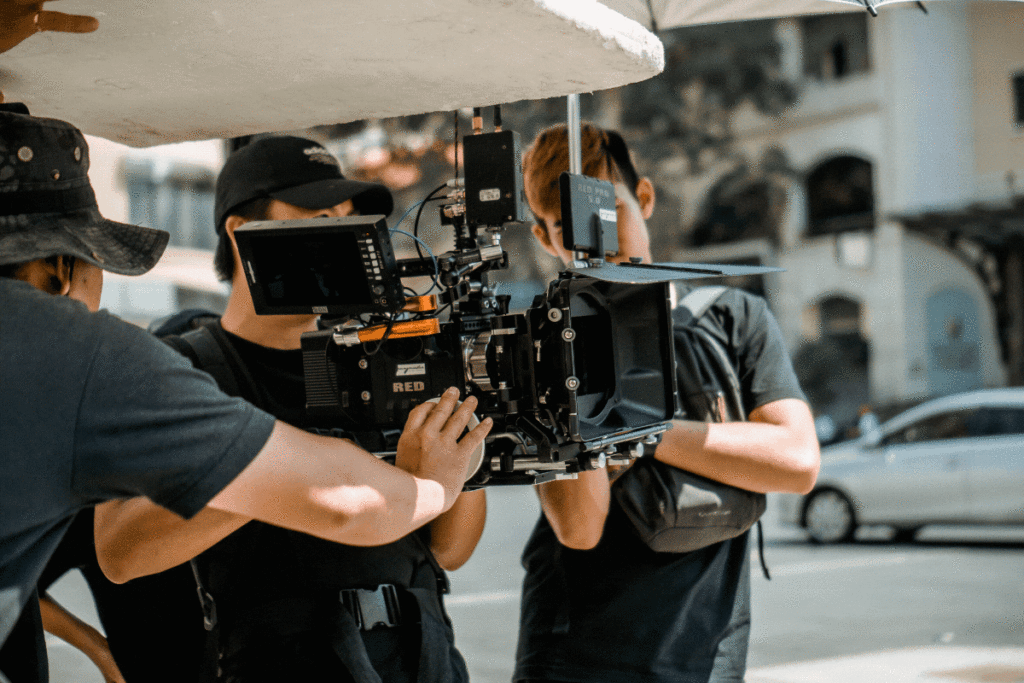Cost control in film projects is a crucial aspect of ensuring the financial success of a production. With budgets often running into millions of dollars, it is essential for filmmakers to have a solid understanding of how to manage costs effectively. By implementing the right strategies and adopting a proactive approach, filmmakers can keep their projects on track and within budget. In this article, we will explore various cost control techniques that can be applied to film projects, helping filmmakers maximize their resources and achieve their creative vision.
1. Develop a Detailed Budget
The first step in cost control is to create a comprehensive budget for the film project. This includes estimating costs for pre-production, production, and post-production phases. It is important to consider all aspects, such as cast and crew salaries, equipment rentals, location fees, permits, and post-production expenses. By having a clear understanding of the budget from the outset, filmmakers can make informed decisions and allocate resources effectively.
2. Plan Efficient Production Schedules
Creating an efficient production schedule is crucial for cost control. By carefully planning the shooting days, filmmakers can minimize downtime and reduce unnecessary expenses. This involves scheduling scenes that require the same location or similar set-ups consecutively, maximizing the use of equipment and crew, and avoiding costly delays. Efficient scheduling also helps in managing labor costs, as it allows for better utilization of cast and crew time.
3. Optimize Crew Size
The size of the crew can significantly impact production costs. While it is important to have a skilled and experienced team, it is equally important to avoid excessive crew sizes that can inflate the budget. Filmmakers should carefully assess the specific requirements of each project and determine the optimal crew size. This ensures that all necessary tasks are covered without unnecessary overheads.
4. Negotiate with Vendors and Suppliers
Building good relationships with vendors and suppliers is essential for cost control. Filmmakers should negotiate favorable deals for equipment rentals, props, costumes, and other production necessities. By comparing prices and exploring different options, filmmakers can find cost-effective solutions without compromising on quality. It is also beneficial to establish long-term partnerships with reliable vendors, as this can lead to better pricing and service in the long run.
5. Embrace Technology
Advancements in technology have revolutionized the film industry, offering cost-effective solutions for various aspects of production. Filmmakers should leverage these technological advancements to streamline processes and reduce costs. For example, using digital cameras instead of traditional film cameras can significantly lower production expenses. Additionally, cloud-based collaboration tools can improve workflow efficiency and reduce the need for physical storage and transportation of files.
6. Monitor and Track Expenses
Regular monitoring and tracking of expenses are essential for effective cost control. Filmmakers should establish a system to record and categorize all project-related expenses, allowing for easy analysis and identification of areas where costs can be optimized. This can be done using specialized software or simple spreadsheets. By maintaining accurate records, filmmakers can make informed decisions throughout production.
7. Implement Contingency Plans
Despite careful planning, unexpected expenses can arise during film projects. It is important to have contingency plans in place to address such situations. This may involve setting aside a portion of the budget as a buffer or having alternative options for locations, props, or cast members. By being prepared for unforeseen circumstances, filmmakers can mitigate the impact on the budget and keep the project on track.
Conclusion
Cost control in film projects is a continuous process that requires diligence and adaptability. By following these techniques and staying proactive, filmmakers can effectively manage costs and ensure the financial success of their projects. By striking a balance between creative vision and financial constraints, filmmakers can bring their stories to life while keeping the bottom line in check.
Key Takeaways:
- Developing a detailed budget is the first step in effective cost control for film projects.
- Efficient production schedules help minimize downtime and reduce unnecessary expenses.
- Optimizing crew size ensures all necessary tasks are covered without unnecessary overheads.
- Building good relationships with vendors and suppliers can lead to better pricing and service.
- Leveraging technology can streamline processes and reduce production costs.
- Monitoring and tracking expenses allow for easy analysis and optimization.
- Implementing contingency plans helps address unexpected expenses and keep the project on track.
To further enhance your understanding of cost control in film projects and gain valuable insights into the business side of the entertainment industry, consider enrolling in the “NYU Business of Entertainment” online course and certificate program offered by Yellowbrick. This program provides comprehensive knowledge and practical skills to navigate the financial aspects of the entertainment world. Take the next step towards a successful career in the film industry by exploring this educational opportunity.



